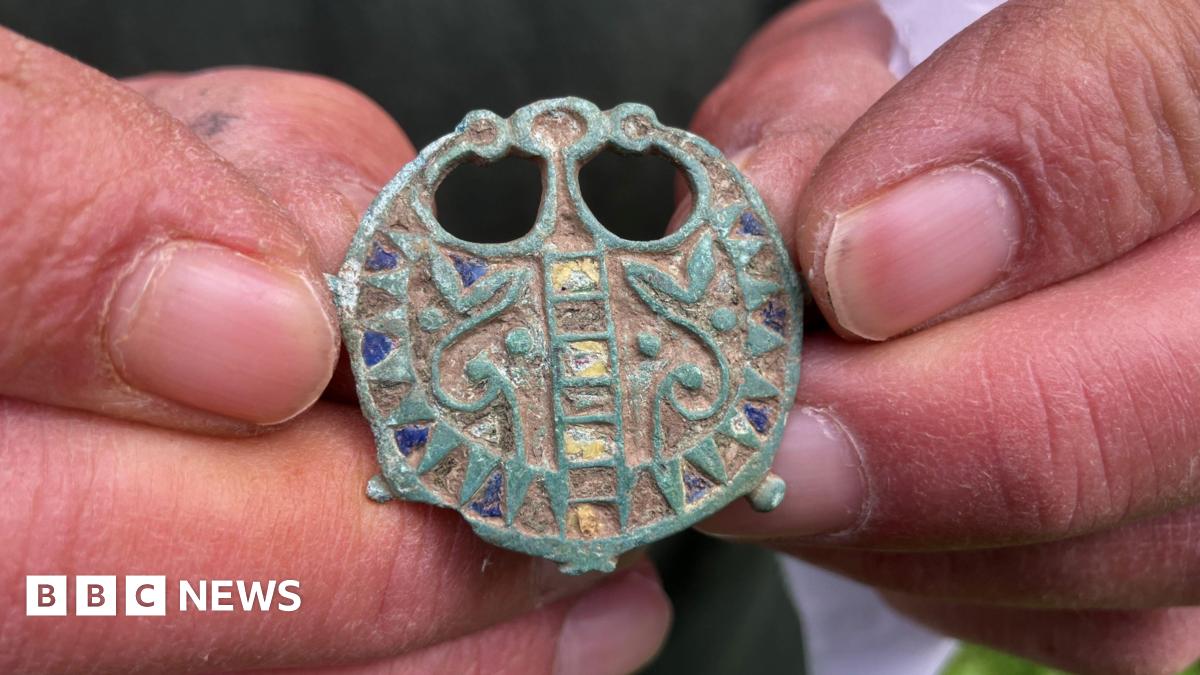Ancient Rock Art Discovered in Saudi Arabian Desert Reveals Early Human Presence
A groundbreaking discovery in the Nafud Desert of northern Saudi Arabia has unveiled remarkable, life-size rock carvings dating back approximately 12,000 years. These petroglyphs, depicting camels, donkeys and other animals, represent the oldest large-scale naturalistic animal art found in the Middle East and provide valuable insights into early human settlement in the region after the Ice Age.
The Discovery at Jebel Misma
In 2023, Saleh Idris, a day laborer, stumbled upon a panel of weathered carvings etched into a sandstone cliff at Jebel Misma. The panel features 19 life-size camels and three donkeys, a secret hidden for millennia. The carvings, found 130 feet above the ground, are only visible for about 90 minutes each morning as the rising sun illuminates them at the perfect angle.
"We got really lucky with this discovery," said Maria Guagnin, an archaeologist at the Max Planck Institute of Geoanthropology in Germany, who directed the field project.
The discovery is significant as previously there was no evidence of human occupation in northern Arabia between the end of the Last Glacial Maximum (25,000-20,000 years ago) and around 10,000 years ago, thus upending previous assumptions.
Dating and Techniques of the Rock Art
Researchers used luminescence and radiocarbon dating techniques to determine that the rock art was created between 12,800 and 11,400 years ago. The carvings were made using a wedge-shaped rock to create sharp lines. Several carvings were etched on narrow ledges, suggesting remarkable skill and dedication from the artists, who couldn't even fully see their work while creating it.
The presence of an auroch (an extinct ancestor of wild cattle) within the carvings suggests that the artists may have traveled to other regions during the dry season or held knowledge of environments beyond the immediate desert landscape. Engravings were found in different phases, with the oldest depicting small stylized human figures.
Significance of the Findings
The discovery includes 62 rock art panels with 176 engravings. Excavations at the sites unearthed stone tools, arrow points, bladelets and other objects that reveal connections to prehistoric peoples in the Eastern Mediterranean, specifically the Natufian culture in the Levant. The rock art potentially marked ancient travel routes and water sources, also signifying territorial boundaries and the intergenerational memory of the group.
- The carvings are life-sized, some over 6 feet (1.8 meters) tall.
- Analysis shows that the carvings were made in four phases.
- Stone tools and artifacts found indicate links to other prehistoric cultures.
Implications for Understanding Early Human Life in Arabia
These findings challenge the assumption that the Arabian desert was uninhabitable during that period and show that humans were able to survive in harsh conditions much earlier than previously thought. The discovery suggests that early nomadic people were well-established communities with extensive knowledge of the landscape, thriving in a region that was becoming wetter and dotted with seasonal lakes after the Last Glacial Maximum. This monumental rock art represents a new phenomenon, showcasing the ingenuity and adaptability of early humans in the Arabian Peninsula.
Michael Petraglia, the director of the Australian Research Center for Human Evolution at Griffith University, notes that the engravings can be seen for miles and likely served to mark territory or water sources. Paleoanthropologist Michael Petraglia calls the engravings "beautiful" and "monumental."
 Visit the website
Visit the website





